Phnom Penh: a cultural and literary history
Signal Books, $30 pb, 248 pp
No certain answers
Milton Osborne began his observations of Phnom Penh as a junior Australian diplomat from 1959 to 1961. Norodom Sihanouk presided over a town influenced by a powerful French cultural presence, a buoyant Chinese commercial sector, Vietnamese clerks, Cambodian civil servants, teachers and bonzes, and free-spending Americans. Osborne returned in April 1966 as a Cornell graduate student, then each year until 1971, the year after Sihanouk was deposed and four years before the terrible entry of Pol Pot’s forces. For a short time during Vietnam’s occupation of Cambodia, he worked as a consultant to the United Nations High Commissioner for Refugees on the Thai border, and in 1981 returned to a run-down city full of squatters. In subsequent years, Osborne saw a dispirited and exhausted city regain its self-confidence and some of its joie de vivre, in spite of a government (like others in Asia), rampant with corruption and intolerant of challenges to its power.
Continue reading for only $10 per month. Subscribe and gain full access to Australian Book Review. Already a subscriber? Sign in. If you need assistance, feel free to contact us.


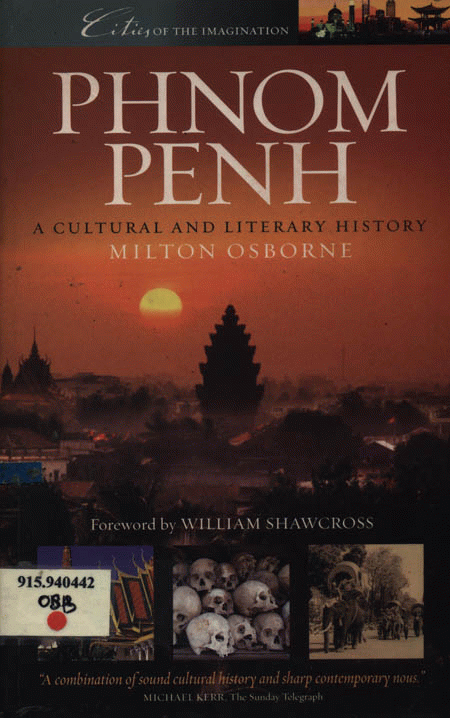
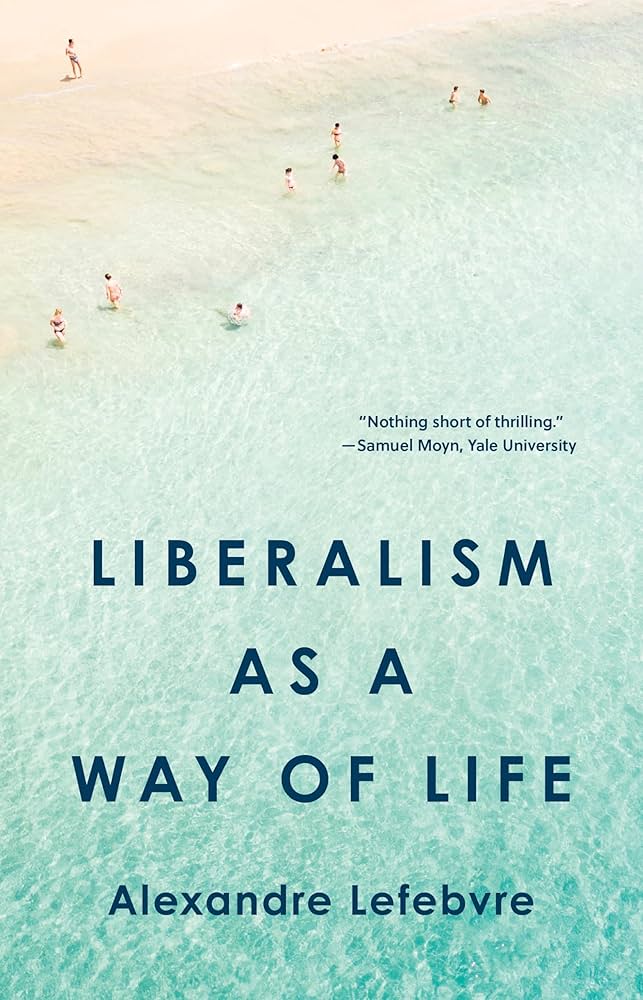
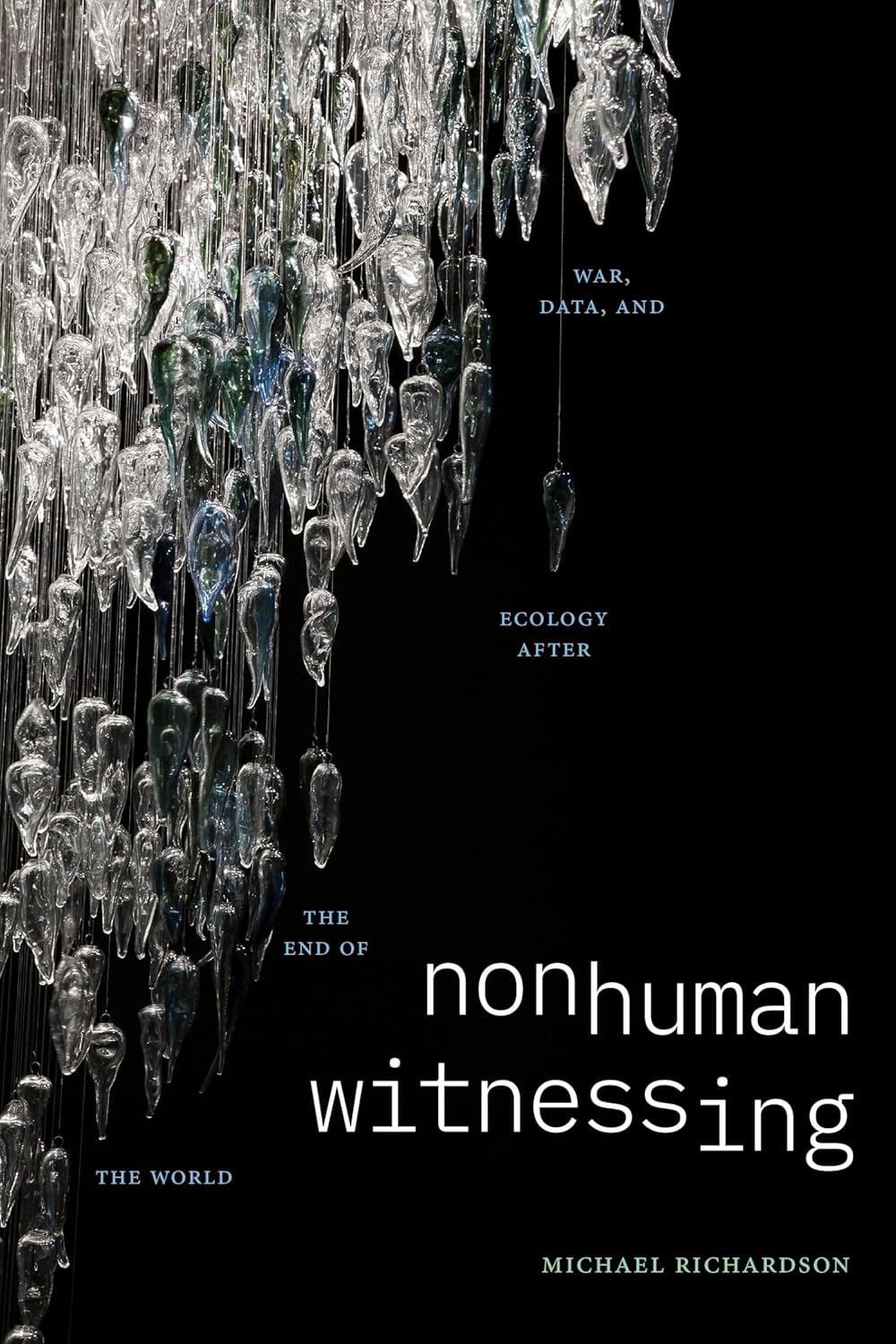




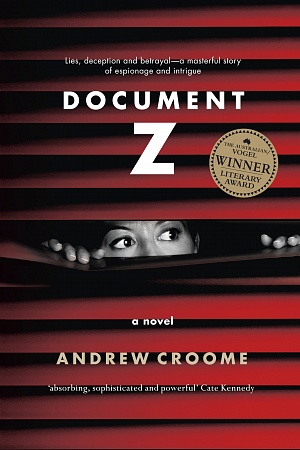
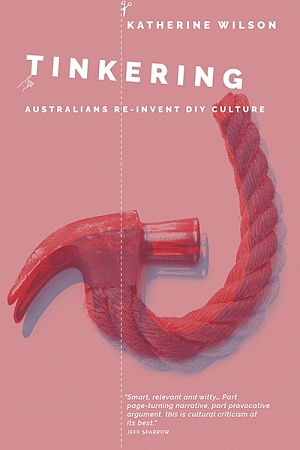
Leave a comment
If you are an ABR subscriber, you will need to sign in to post a comment.
If you have forgotten your sign in details, or if you receive an error message when trying to submit your comment, please email your comment (and the name of the article to which it relates) to ABR Comments. We will review your comment and, subject to approval, we will post it under your name.
Please note that all comments must be approved by ABR and comply with our Terms & Conditions.